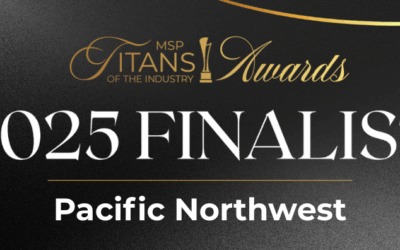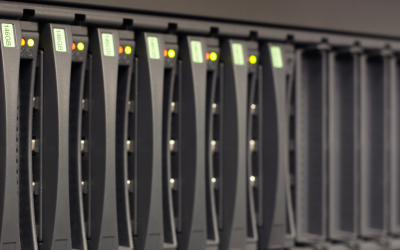If your business relies on Windows 10, October 14, 2025, is a date you cannot afford to overlook. On this day, Microsoft will officially stop supporting Windows 10. This may look like a routine update, but it brings serious challenges and risks for your business.
Let’s look at what this change really means, why you should care and how you can prepare with confidence.
What does “end of life” mean for Windows 10?
When Microsoft ends support for Windows 10, your computers will still run, but they will no longer receive critical security updates, patches or technical support. Over time, this leaves your business more exposed to cyberthreats and compliance risks.
At first glance, the end of support might seem like a minor inconvenience. In reality, it creates vulnerabilities that can have a major impact on your business operations.
Why you should care: It’s about more than IT
If you think this is just an IT issue, think again. The risks reach every part of your company. Here’s why:
- Cybersecurity threats
Without regular updates, your systems become an easy target for hackers.
- Compliance concerns
Many industries demand supported software for regulatory compliance. Operating on outdated systems can cost you certifications or cause legal trouble.
- Operational disruption
Unsupported systems may not work with the latest applications or integrations. This can slow down your workflows and hurt productivity.
What’s the best way to migrate? Here’s your roadmap
You don’t have to panic. With the right steps, you can make this transition smooth and stress-free. Here’s your action plan:
- Assess your devices
List every computer running Windows 10 in your company. Knowing what you have is the first step.
- Check compatibility
Some systems can be upgraded. Others may need to be replaced. Decide what makes sense for each device.
- Plan your timeline
Set priorities and schedule your rollouts in phases to minimize disruption.
- Execute the migration
Start upgrading, replacing and securing your environment based on your plan.
- Train and optimize
Make sure your team knows what to do with the updated systems and feels confident using them.
How can we help you?
As a trusted IT service provider, we can take the pressure off you. Here’s how:
- We’ll perform a readiness assessment to see where you stand.
- We’ll build a custom migration plan and timeline that fits your needs.
- We’ll handle the heavy lifting so your team can focus on running the business.
-
We can offer Microsoft’s Extended Security Updates (ESUs) to ensure you don’t fall out of compliance and can budget for workstation replacement.
Acting now will save you time and money while avoiding unnecessary headaches later. Contact us for a no-obligation consultation. Let’s start planning for Windows 10 end of life now so you’ll be ready for a secure and seamless future.
Related Articles
Are Password Managers Safe? What You Need to Know
In today’s digital world where cyber threats are constantly evolving, managing your passwords securely is more important than ever. With data breaches and identity theft on the rise, many people are turning to password managers for help. But are they truly safe? The...
MSP Titans of the Industry Recognizes More Power Technology Group as 2025 Awards Finalist
[Longview, Washington] - More Power Technology Group has been named a finalist in the 2025 MSP Titans of the Industry Awards, a prestigious recognition celebrating excellence and leadership in the Managed Service Provider Industry. This honor places More Power...
Disaster Recovery Planning
What Does Your Disaster Recovery Plan Look Like? "Let's just get the equipment up and running, make a list of what we still need, and get to the rest later." Did backup solutions fall into the "later" category? The time when many businesses decide they need to...




